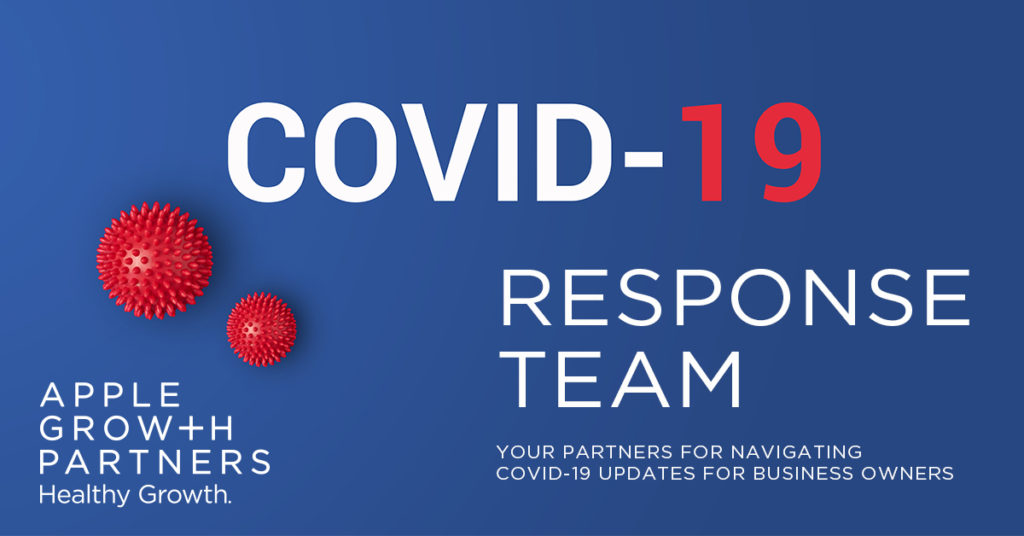
June 3, 2020
On June 3, 2020, the Senate, by unanimous consent, cleared the bill the House passed on May 28th to extend the Paycheck Protection Program (PPP). The President is expected to sign the bill soon.
The bill known as the Paycheck Protection Flexibility Act (H.R. 7010) includes the following provisions:
- Extends the PPP loan forgiveness period to include costs incurred over 24 weeks after a loan is issued or through Dec. 31, whichever comes first.
- Businesses that received a loan before this legislation becomes law can keep the current eight-week period.
- Extends to December 31 from June 30 a period in which loans can be forgiven if businesses restore staffing or salary levels that were previously reduced.
- This provision applies to worker and wage reductions made from Feb. 15 through April 26, 2020 (30 days after the enactment of the CARES Act)
- Extends the deadline to apply for a PPP loan to Dec. 31 from June 30.
- Maintains forgiveness amounts for companies that document their inability to rehire workers employed as of February 15th, and their inability to find similarly qualified workers by the end of the year.
- Employers that can substantiate they couldn’t resume their business levels of prior to Feb. 15 because they were following federal requirements for sanitization or social distancing will be covered separately.
- Requires at least 60% of forgiven loan amounts must be from payroll expenses.
- Allows borrowers to defer principal and interest payments on PPP loans until the SBA compensates lenders for any forgiven amounts, instead of the current six-month deferral period.
- Borrowers that don’t apply for forgiveness would be given at least 10 months after the program expires to start making payments.
- Repeal a provision of the CARES Act barring companies with forgiven PPP loans from deferring their payroll tax payments.
- For PPP loans issued after the measure is enacted, the maturity period is five years following an application for loan forgiveness rather than the current two-year deadline set by the SBA
- For loans issued prior to this legislation, borrowers and lenders may agree to extend current loans.
We’ll update our clients with more detail once the legislation becomes law. We are still waiting for guidance from the SBA on the original provisions of the Paycheck Protection Program. SBA will need to revise the Forgiveness Application. Both SBA and IRS will need to issue guidance relating to the Paycheck Protection Flexibility Act.
Apple Growth Partners’ published material provides general coverage of its subject area and is presented to the reader for educational purposes based on the most current regulatory information available at the time it was written. All communications, whether written or oral should be reaffirmed prior to the submission of any application. All information in this published material and on our website is provided in good faith; however, we make no representation or warranty of any kind, express or implied, regarding the accuracy, adequacy, validity, reliability, availability, compliance with any law (federal, state or local) or professional standard or completeness of any information. We assume no responsibility to any recipient of this material to correct or update its contents for any reason, including changes in any law or professional standard. It is not intended to be audit, tax, accounting, advisory, consulting or investment advice. The information in this article is also not a substitute for legal advice and may not be suitable in a particular situation. Consult your attorney for legal advice.
Our articles, other published materials and website occasionally contain links to other web pages. Links to organizations and government agencies are provided as a convenience to our readers. The firm does not endorse and is not responsible for any third-party content that may be accessed from its website and does not recommend or endorse the use of any third-party’s services. The links are to be accessed at the user’s own risk, and the authors of this website make no representations or warranties about the content of these links.

